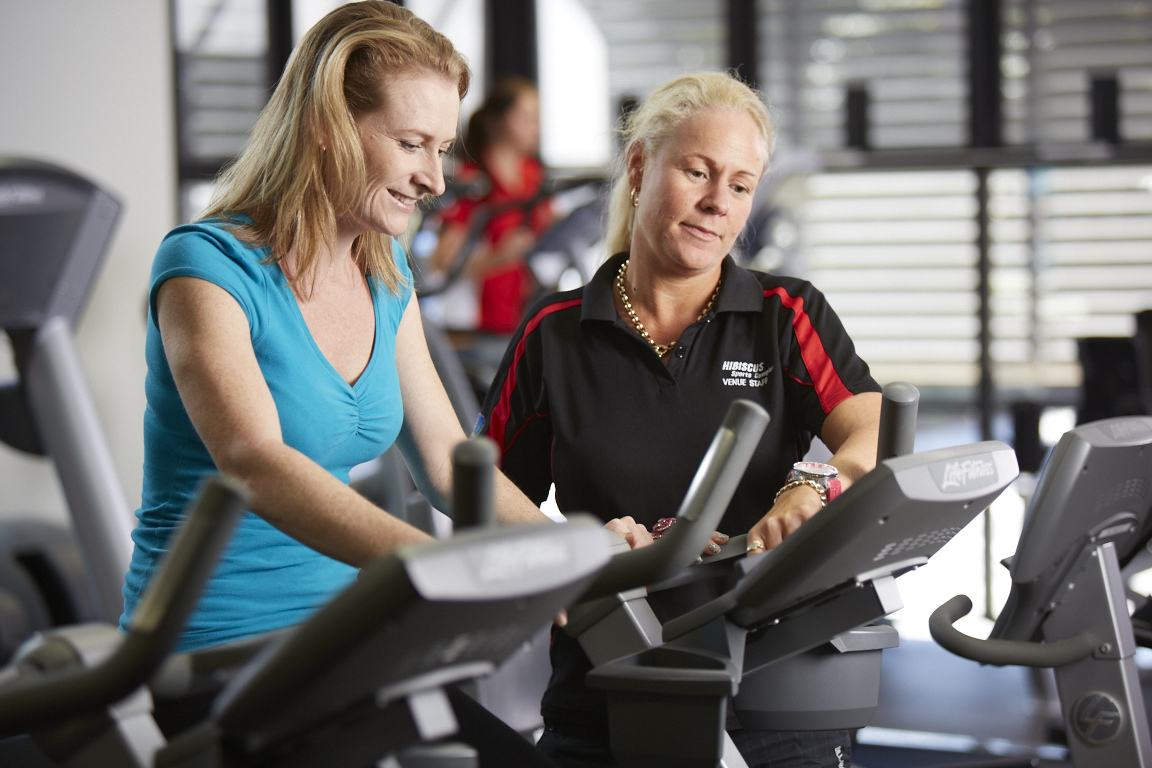
Most of the Australian population is now aware of the damage that a sedentary lifestyle can cause over time, regardless of age or gender. Obesity, health conditions such as metabolic and cardiovascular risk, and even premature death are all linked to prolonged periods of inactivity. As it’s learnt behaviour, for many people breaking the cycle of a sedentary lifestyle is challenging. Not only do you need to replace old behaviours with new which can take time to stick habitually, but the ramifications of less movement will mean physically you’ll want to do just that – move less.
However, even by reading this you are probably thinking it’s time for change. And there are ways to gradually make changes in your routine to start moving toward a healthier lifestyle. Who knows, by the end of your improvements you might commit to a challenge like a fun run or complete a diploma of fitness to further increase your knowledge into health and well being, even if it’s just for your personal use.
The simplest formula to remember is to get 30 minutes of at least medium intensity activity on most days and one or two resistance training sessions in each week. Medium intensity can be a brisk walk – you just need to feel your breath quicken and keep up a reasonable pace, it doesn’t need to be a jog or run! If structured exercise like classes aren’t your thing, get into some decent housework or gardening and exaggerate the big movements like full squats and lifting overhead. These can be repeated a little more than necessary to complete your actual task, but you’ll get a few more reps in. Others are big fans of parking further away from errands or engagements so walking to and from will add to your daily exercise. Carrying the grocery shopping further has got a strength element to it also.
Moving structured exercise to the morning is also a good way to encourage more movement throughout the day. Physically you’ll have had the benefits of increased circulation that means you’re not as likely to slump all day at your desk. Mentally, you have put yourself into a mindset that has prioritised your body, which informs other health related choices
Interval training is consistently proven to be one of the most effective methods of exercising in the shortest period of time. To interval train, you’ll need to be sufficiently warmed up (and not just a few short stretches) and have a determined mindset, or someone who will really push you. Intervals are simply short bursts of activity at your maximum capacity. If you’ve never done this type of training, take a movement you’re familiar with and amp it for a period and give yourself a brief rest period. Repeat for 5 minutes. From here it is important to change it up with new exercises or movements and tweak the interval times so you build up to longer periods at your max capacity.
In short, move more and frequently. Start today!